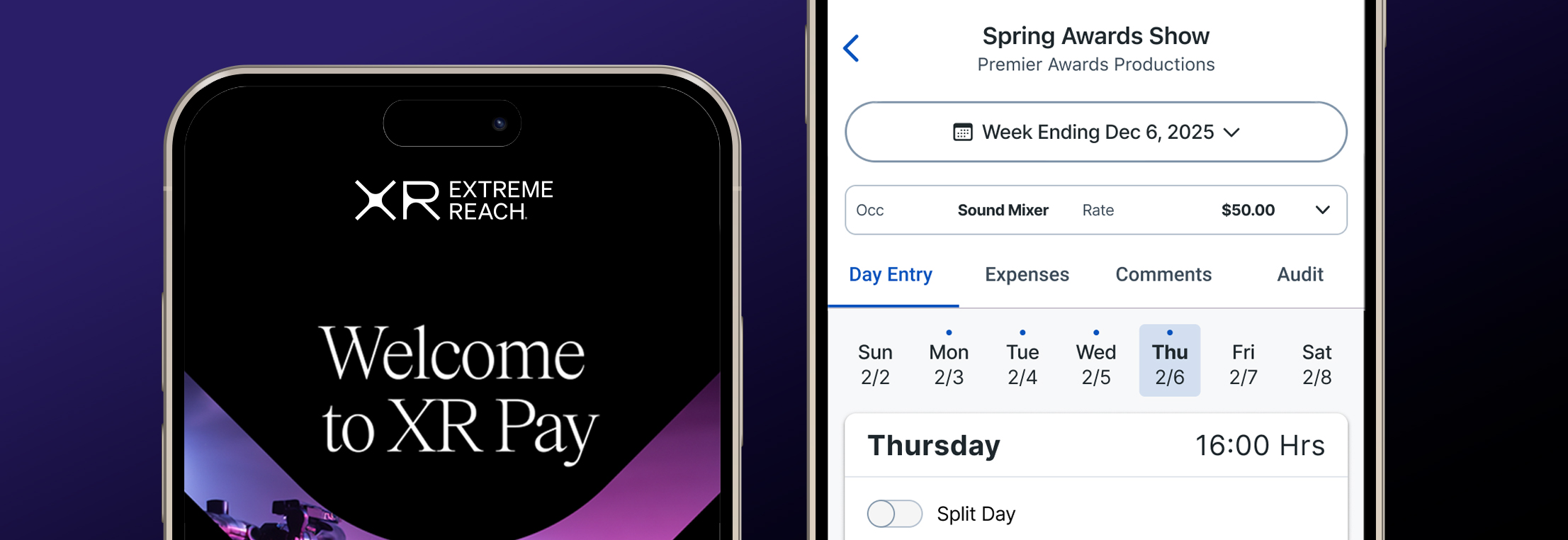Changing Media Consumption Habits in US, UK and Other Regions
Interaction with media saw significant changes in 2020, as consumers worldwide adjusted to the pandemic, according to YouGov’s “Global Media Outlook Report 2022.” In fact, digital now lies at the heart of numerous transactions, from shopping to socializing to the pursuit of entertainment. Reliance on streaming services like Netflix and Amazon Prime has skyrocketed, and social media now counts as the primary news source for Gen Z members. YouGov surveyed adults in 17 international markets to learn about their media-consumption behaviors over the last 12 months—and get a peek at how those practices may evolve in the coming year. Here are some top takeaways.
Digital Dominates
Digital currently ranks as the top growth driver of media consumption, thanks to trends reported over the last year. 42% percent of global consumers increased the time they spent on websites, apps, social media, and streaming video platforms, with websites and apps claiming the largest slice of that digital pie. Streaming video and social media are projected to increase by 27% and 24%, respectively, thanks in part to continued work-from-home routines. In the 17 international markets surveyed by YouGov, two in five adults said they used more streaming services in the last 12 months compared to previous years. Roughly 27% expect that consumption rate will keep increasing thanks to new viewing habits formed during the pandemic, while 42% believe their video-watching behavior will remain at the same high level. This presents an important opportunity for both media companies and advertisers looking to target consumers on the platform where they’re spending large quantities of time.
A Peek at Viewing Habits
Online streaming platforms appeared in the mid-2000s and forever changed the way viewers consume television content. More time spent at home during lockdowns further increased the trend toward on-demand platforms including Netflix, Disney Plus and Amazon Prime. Despite this, live TV consumption in the US remained relatively stable between 2019 and 2021, again perhaps due to more overall time spent at home, with 88% of adults aged 55 or older watching the greatest amount of live TV. In the UK, nearly nine in 10 adults watch live TV on a weekly basis, a data point that’s remained unchanged over the last four years. Younger generations, on the other hand, prefer on-demand services for entertainment. Roku was the main streaming device used in the US in 2021, with 23% of adults relying on it that year as opposed to 15% in 2018 (ahead of Amazon Fire and Apple TV). Netflix remained the clear market leader in both the US and Great Britain, while Hulu and Amazon Prime recorded great four-year popularity growth. Within the next year, Western European markets are more likely to continue paying for on-demand subscriptions compared to Asian markets. Of those, Spain and Great Britain have the highest levels of subscription video on demand (SVOD). Meanwhile, when it comes to advertising, online commercials are most likely to grab the attention of 44% of all British viewers, and TV ads rank a close second at 43%.
Social Strength
The enduring strength of social media can’t be overstated. Across all 17 markets, 87% of consumers interacted with social media in some way in the last 12 months. Unsurprisingly, reliance on social networks further increased during the pandemic as a form of staying connected and sharing important health updates with friends and family during times of enforced isolation. Yet not all social platforms performed equally. Facebook fell in favor in the United States, with 65% of consumers using it in 2021 as opposed to 70% in 2020. Conversely, YouTube usage shot up from 18% to 30% in that time, while TikTok’s popularity grew from 4% to 13% (Similar results were seen in Great Britain among all three social platforms.) Gen Z is mostly responsible for driving YouTube and TikTok numbers and thereby ushering in a new social-media trend that veers away from texting and sending photographs to creating videos and original content. This again opens the door to numerous marketing opportunities, including influencer marketing. While consumers in Asian countries are projected to increase their social media interaction more over the next 12 months compared to their European counterparts, Gen Z members across the board are likewise expected to spend more time on social sites within the coming year, compared to older demographics.
The pandemic fueled a surge in media consumption in the last year, with digital platforms, streaming networks, and social media sites ranking among consumers’ most preferred channels. We’ll be watching as these patterns continue to evolve, to keep you informed of all important marketing and media trends.



.jpg)
